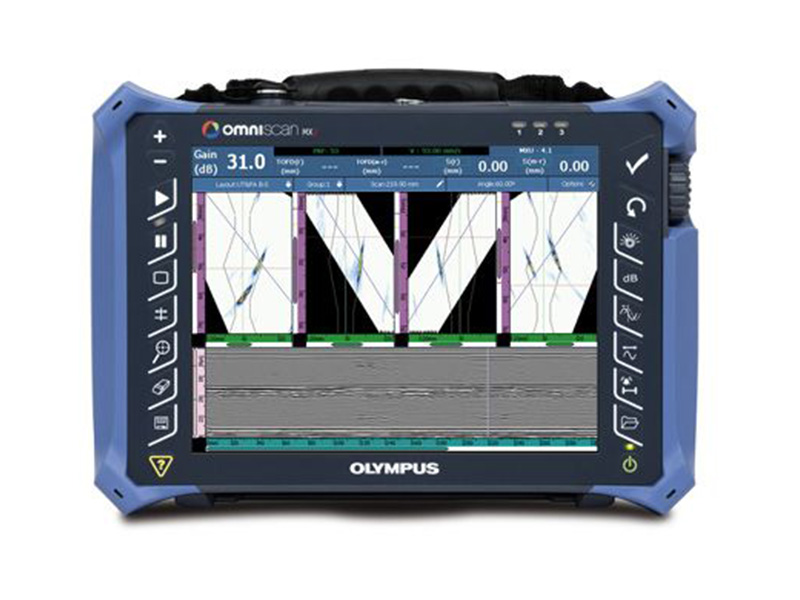Our Services
Advanced NDT
“At the forefront of NDT innovation”

PHASED ARRAY
Our phased produce accurate, detailed cross-sectional pictures of internal structures at fast inspection speeds. Phased array technology uses multiple ultrasonic elements and electronic time delays to create beams that can be steered, scanned, swept, and focused electronically for fast inspection, full data storage, and multiple angle inspections. Phased array technology provides precise measurement with the most reliable results.
TOFD
The ability to accurately size and monitor pre-existing or growing in-service discontinuities becomes more and more important in chemical and refining plants especially when a risk based inspection (RBI) approach is used. With the industry’s growing need for more reliable, simpler, accurate and cost effective techniques, Time of Flight Diffraction (TOFD), which was originally developed for crack-sizing in nuclear applications, established itself as a widely used tool for flaws detection in welds. Also, TOFD has turned out to be the most accurate and effective NDT technique in determining defect height.
COMPUTED RADIOGRAPHY
Computed Radiography allows for more precise imaging with greater picture enhancement and the ability to manipulate variables. Computed Radiography is a two-step process; first a storage phosphor imaging plate is exposed to penetrating radiation. Then the luminescence from the plate's photo-stimulable luminescent phosphor is read, digitalized, and viewed on a computer monitor. In a CR system, you use phosphor plates as you would film, but process them in the plate reader. These highly efficient plates can be erase.
Some of the advantages of Computed Radiography over Film Radiography:
- Results in minutes without costly processing or hazardous chemicals.
- Images contain critical & precise details "Ten times greater than film".
- Ability to select and color enhance areas of interest.
- Capable of measuring thickness and lengths of parts and defects accurately electronically.
- Electronic file sharing of images speeds results.
- Applications include: assemblies, electronics, circuitry, castings, and welds.
- Can be used on metals, plastic, composites, any material capable of being penetrated by x-ray or gamma ray.
FILM DIGITIZATION
The system employs a laser beam which sweeps across the film by a polygon mirror system. The logarithmic amplification process guarantees high signal to noise ratios up to 4.00 density. Every scanner is calibrated and characterized at the time of shipment, and a unit-specific LUT is delivered with each machine. This guarantees an artifact-free scanning at the highest possible precision, repeatability and speed. A 14" x 17" film can be scanned and digitized in as little as 7 seconds depending on pixel settings. This is a cost effective method of archiving and image transfer or for using the advanced features of the RADView system.

Contact us to find out how we can help you save on maintenance expenditure and at the same time improve quality and reliability.